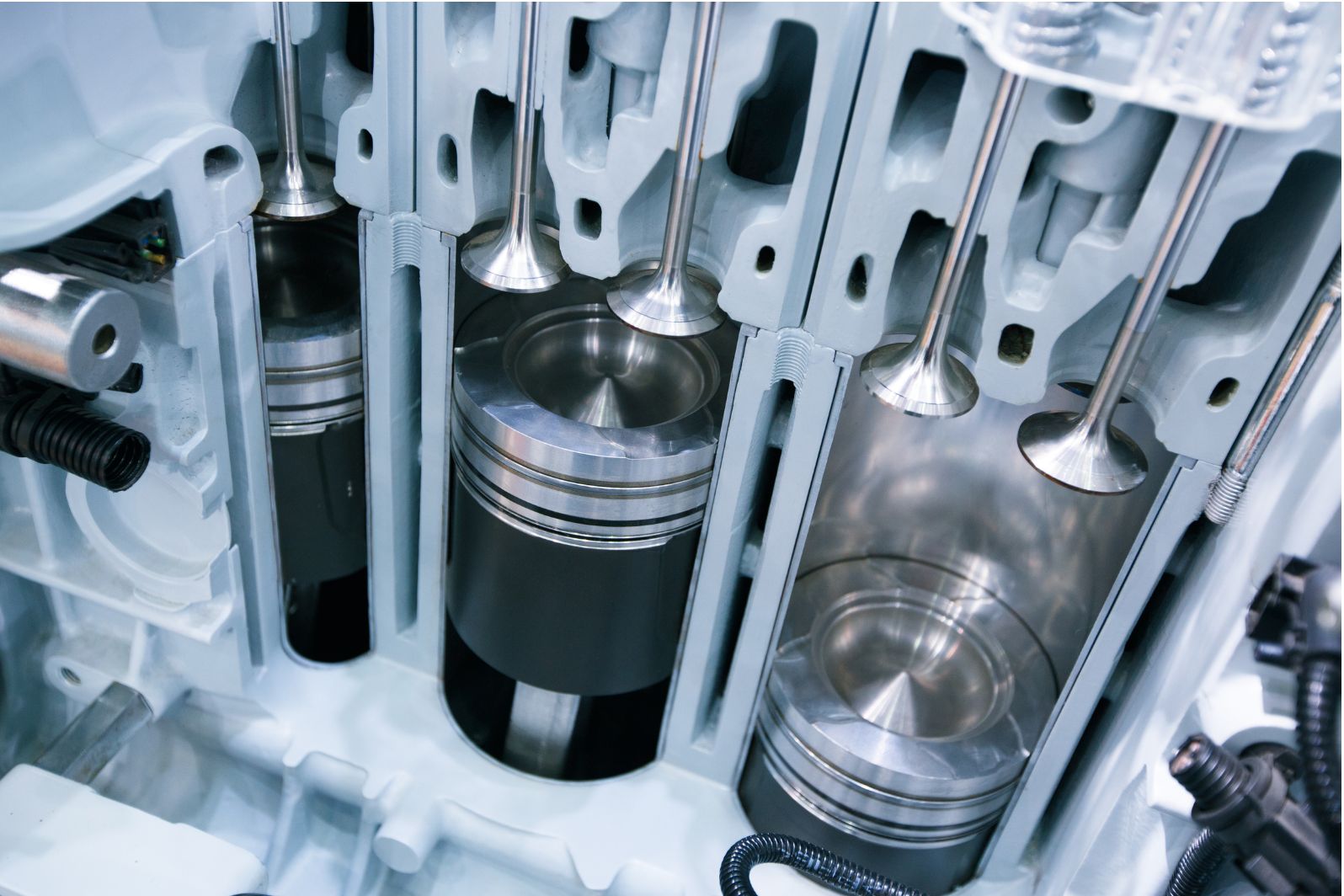When it comes to heavy-duty vehicles, having the right power take-off (PTO) pump can make all the difference. Whether you’re running hydraulic equipment, powering auxiliary systems, or managing industrial applications, selecting the right PTO pump ensures efficiency, longevity, and reliable performance. But with so many options available, how do you know which one is best suited for your needs?
Table of Contents
What Is a PTO Pump and Why Does It Matter?
A PTO pump is a hydraulic pump driven by a vehicle’s power take-off system. It converts engine power into hydraulic energy, allowing the vehicle to operate various mechanical components. These pumps are commonly used in industries such as construction, agriculture, waste management, and transportation, where heavy-duty vehicles need to power attachments like dump beds, cranes, or spreaders.
Choosing the wrong PTO pump can lead to inefficient operation, excessive wear and tear, and even mechanical failure. That’s why understanding the different types and specifications is essential.
Types of PTO Pumps
Not all PTO pumps are built the same. Depending on the application and vehicle type, you’ll need to choose a pump that matches your specific requirements. Here’s a breakdown of the most common types.
Gear pumps are the most widely used PTO pumps due to their simplicity, durability, and cost-effectiveness. They work by trapping fluid between gears and moving it through the system. These pumps are ideal for applications that require moderate pressure and flow rates, vehicles with steady and continuous operation, and systems that do not need variable flow control.
Vane pumps use rotating vanes to move hydraulic fluid. They offer higher efficiency and smoother operation compared to gear pumps but are typically more expensive. They are best suited for vehicles that require variable flow control, systems needing quieter operation, and applications where energy efficiency is a priority.
Piston pumps are the most powerful and efficient type of PTO pump. They use reciprocating pistons to generate hydraulic pressure and can handle high-pressure applications with precision. These pumps are commonly used for heavy-duty industrial applications, vehicles requiring high-pressure output, and systems that need precise flow control.
Key Factors to Consider When Choosing a PTO Pump
Selecting the right PTO pump isn’t just about picking a type—it’s about matching the pump to your vehicle’s needs. Here are the most important factors to keep in mind:
1. Compatibility with Your Vehicle
Not all PTO pumps are designed to fit every vehicle. Before purchasing, check the PTO system, mounting options, and hydraulic connections to ensure compatibility. Using an incompatible pump can cause inefficiencies and potential damage to the system.
2. Flow Rate and Pressure Requirements
Different hydraulic systems require different flow rates (measured in litres per minute, LPM) and pressure levels (measured in bar or PSI). Choosing a pump with the right capacity ensures smooth operation without overloading the system.
3. Operating Environment
Consider where and how the pump will be used. If your vehicle operates in extreme conditions, you’ll need a pump with high durability and resistance to wear. Factors such as temperature fluctuations, exposure to debris, and vibration levels should influence your decision.
4. Efficiency and Energy Consumption
Some pumps are more energy-efficient than others. Piston and vane pumps tend to offer better efficiency than gear pumps but may come at a higher cost. Balancing performance with fuel consumption is crucial, especially for vehicles that run hydraulic systems frequently.
5. Maintenance and Longevity
Like any mechanical component, PTO pumps require regular maintenance to ensure longevity. Some pumps, such as piston pumps, are more complex and need frequent servicing, while gear pumps tend to have simpler maintenance needs. Choose a pump that aligns with your maintenance capabilities and budget.
Common Mistakes to Avoid
Many people make costly errors when selecting a PTO pump. To save yourself from downtime and repairs, watch out for these common mistakes:
Ignoring Flow Rate Needs
A pump that delivers too much or too little flow can cause performance issues. Always match the pump to your system’s hydraulic requirements.
Overlooking Mounting Compatibility
Not every pump fits every vehicle. Double-check the mounting style and PTO output shaft design before purchasing.
Choosing the Cheapest Option
While budget matters, a low-cost pump may wear out faster and lead to more expensive repairs in the long run.
Forgetting About Heat Management
Hydraulic systems generate heat, and excessive temperatures can damage the pump. Ensure your system includes proper cooling and heat dissipation mechanisms.
Neglecting Maintenance Requirements
Some pumps need frequent servicing. If your operation demands a low-maintenance solution, consider this before making a decision.
Making the Right Choice for Your Heavy-Duty Vehicle
With so many PTO pumps available, choosing the right one may seem overwhelming—but it doesn’t have to be. Keep these key points in mind:
- Understand your vehicle’s requirements and system compatibility.
- Choose a pump that meets your flow rate and pressure needs.
- Factor in efficiency, durability, and maintenance before buying.
- Avoid common mistakes that lead to inefficiencies and extra costs.
Selecting the perfect PTO pump isn’t just about performance—it’s about ensuring your heavy-duty vehicle operates smoothly, efficiently, and reliably for years to come. Take the time to research and invest in a pump that will support your vehicle’s workload, and you’ll save both time and money in the long run.


